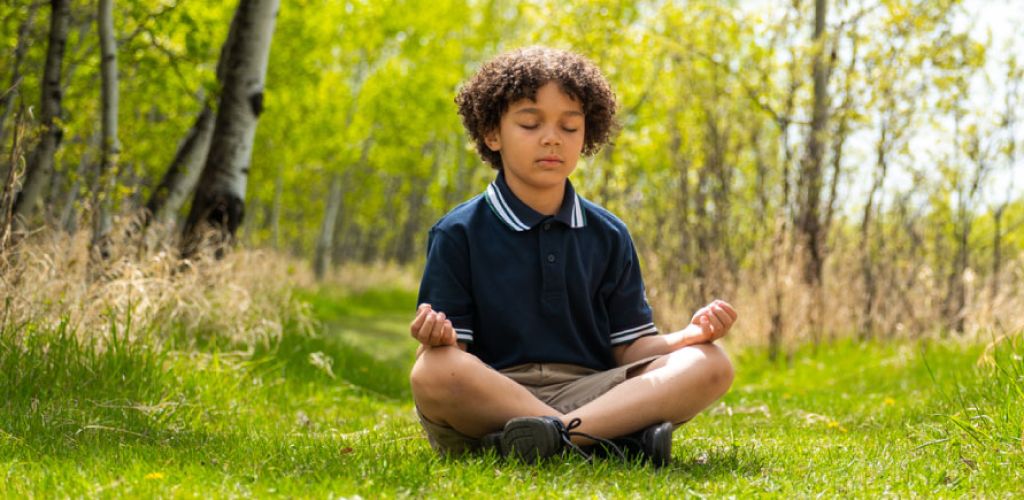By: Dr. Michael Simmonds, Assistant Head of School: Academics
Google ‘wellbeing’, and you will get 1.2 billion hits. A Google Scholar search on the same topic of articles published since 2020 yields nearly 100,000 results. This should come as no surprise, given the disruptive impact of a pandemic on the human condition. However, what is noteworthy about wellbeing is how consistently research characterizes its component parts. Read any published article on the topic, and you will quickly discover that when people talk about wellbeing they are also talking about physical, social, emotional, academic, spiritual, and mental wellbeing. In schools, wellbeing domains do not exist in a vacuum or isolation. They are context-dependent. And they are interdependent.
Strathcona-Tweedsmuir School (STS) places the wellbeing needs of students at the center — and it begins with teachers. Walk into any Kindergarten to Grade 12 classroom and you will notice authentic and meaningful connections established between students and teachers. Why? Because at its core, every educational encounter is a relational one that is anchored in trust-building. STS teachers understand the critical role they assume in providing a safe space for students to take well-supported risks in the classroom and on the field. Raising a hand to ask a question in calculus class and trying out for a new co-curricular activity are made possible when students trust the adult overseeing the experience cares about their learning experience.
Navigating challenges and setbacks is an essential aspect of wellbeing. We all know that successful people experience the sting of disappointment in their pursuit of passions, interests, and personal goals. Resilience is a quality that helps students manage perceived failure. Research suggests that schools have a pivotal role in helping students develop resilience in five ways: growth mindset, creativity, purpose, belonging, and self-care.
Dr. Carol Dweck’s game-changing research on growth mindset helps students understand that achievement outcomes are not fixed. Students with a growth mindset believe their abilities can be expanded through hard work. Being resilient involves creative pursuits. At STS, design thinking helps students develop their ability to use their creativity to solve real-life problems. So do performing and visual arts courses, knitting, or playing a musical instrument. Creative pursuits of any kind help ground students in the present. Purposeful engagement is another way for students to exercise and build their resilience muscle. When students discover how their contributions to something beyond their lived experience can make the world a better place, they become more resilient. Self-care is a learned skill that can be difficult for some students to cultivate in a technological world from which it is sometimes hard to disconnect. Getting a good night’s sleep, eating well, and learning how to cope with stressful or anxious feelings involve taking care of oneself. Homerooms, advisory groups, Counsellors, Learning Strategists, and the School Nurse are just some of the supports we have in place to support student self-care.
The fifth cultural force we know builds resilience in students is an enduring sense of belonging. We now have two years of data to say with certainty that something critical is lost when school communities become exclusively digital communities. We know that students need to connect with their peers and teachers in physical spaces. It turns out that wellbeing is fundamentally grounded in community-building and belonging — an essential strategic pillar documented in our new strategic framework, Flourish 2031. It’s no wonder that establishing positive, authentic, and empowering relationships with peers and adults may be the most critical aspect of building resilience in students.
“STS teachers understand the critical role they assume in providing a safe space for students to take well-supported risks in the classroom and on the field.”
